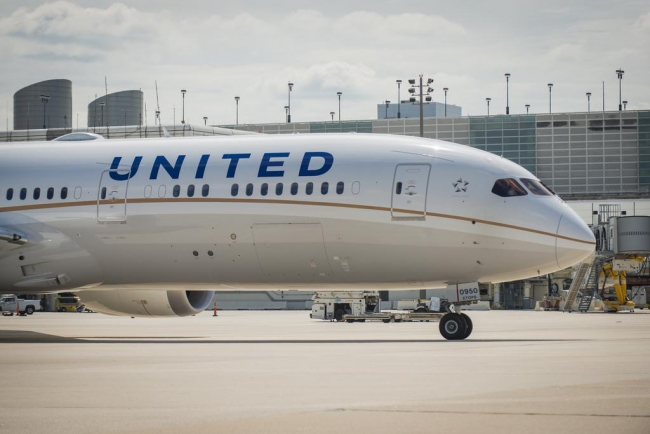
Recent analyst consensus set an average price target of $69.50 for United Airlines Holdings, Inc. (NASDAQ:UAL), reflecting a conservative outlook amidst market volatility.
Three months ago, analysts had a more optimistic average price target of $102.25, influenced by a significant surge in UAL’s share price.
The variability in price targets over time highlights the impact of market conditions and United Airlines’ financial performance on analyst expectations.
United Airlines Holdings, Inc. (NASDAQ:UAL) is a major player in the airline industry, providing air transportation services across the globe. The company operates a large fleet and serves numerous destinations, competing with other industry giants like Delta Air Lines and American Airlines. Recently, UAL has experienced fluctuations in its consensus price target, reflecting changing analyst sentiments.
Last month, analysts set an average price target of $69.50 for UAL, indicating a more conservative outlook. This comes amid a volatile market environment, as highlighted by a recent 11.4% drop in UAL’s share price. The decline was influenced by market reactions to Delta Air Lines’ earnings report, which also saw Delta’s shares fall by 11.14%. Such industry-wide impacts can affect analysts’ short-term expectations.
Three months ago, the average price target for UAL was significantly higher at $102.25. This optimistic view may have been influenced by a 26.1% surge in UAL’s share price during a trading session, driven by above-average trading volume. However, despite this increase, current earnings estimate revisions do not suggest sustained strength, as noted by analyst Duane Pfennigwerth from Evercore ISI, who has set a price target of $50.
A year ago, the average price target for UAL was $84.64, showing variability in analysts’ expectations over time. This variability can be attributed to factors such as United Airlines’ financial performance and broader economic conditions. As UAL prepares to release its earnings report next week, investors are keenly watching for insights that could influence future price targets.
In the context of credit card rewards, the Chase Trifecta offers significant value for travelers, including those who frequently fly with United Airlines. The ability to transfer points to partners like UAL enhances their value by 25% through Chase’s portal, making it an attractive option for travel enthusiasts. This aligns with the importance of understanding and leveraging financial tools to maximize benefits, especially in a dynamic market environment.

